#Gion Kobu
Text

February 14th, 2024: A new maiko is born! Mamekiyo (豆季依) of Dainui (大ヌイ) in Gion Kobu is celebrating her misedashi! She is the imōto of Mamehiro (豆弘) of Ninben (亻) and the first maiko to debut from Dainui in almost three decades! She is already a very accomplished dancer, so being under the tutelage of Mamehiro will only serve to further her career to new heights. Her outfit consists of takarabune (treasure ships), lucky treasures, and pine among waves while her obi features a mangekyo (kaleidoscope) pattern!
おめでとうさんどす豆季依ちゃん ^o^!
Image is courtesy of Baphomet.666X.
#maiko#geiko#geisha#kyoto#news#舞妓#芸妓#芸者#京都#misedashi#gion kobu#dainui#mamekiyo#ニューズ#見世出し#店出し#祇園甲部#大ヌイ#豆季依
105 notes
·
View notes
Photo

Wandering from Gion Kobu to Gion Higashi...
Kyoto, Japan
#kyoto#japan#asia#travel#travelling#gion#gion kobu#gion higashi#street#city#wander#wandering#my photos
18 notes
·
View notes
Video
Takahina with Fuji Kanzashi por John Paul Foster
Por Flickr:
One of the questions I asked Takahina when I interviewed her recently was what her favorite kanzashi was. She said it was the Fuji kanzashi (Wisteria) that maiko wear in May and that she is wearing in this photo. I have just posted answers to three questions I asked Takahina on my blog (johnpaulfoster.com/blog), and I will be posting the answers to three questions I asked the okamisan of an ochaya on Sunday, December 18. I will put the answers to all six questions in the discussion sections of the groups Geiko and Maiko and Ochaya and Yakata of Kyoto shortly after that. I hope you find the answers interesting! Here is a direct link to the post "Answers from Takahina": johnpaulfoster.com/blog/2011/12/answers-from-takahina/
#Asia#Gion Kobu#Hanamachi#Japan#Kyoto#Takahina#apprentice geisha#beautiful#beauty#dance#elegance#elegant#female#geiko#geisha#ideas#kanzashi#kimono#maiko#yellow#Wisteria#Fuji#portrait#flickr
3 notes
·
View notes
Text
The look of... VII: Mukojima
Welcome to the 18th installment of this series (my 7th). This time, we’re having a look at the Geigi that work in one of Tokyo's Hanamachi: Mukojima (向島).
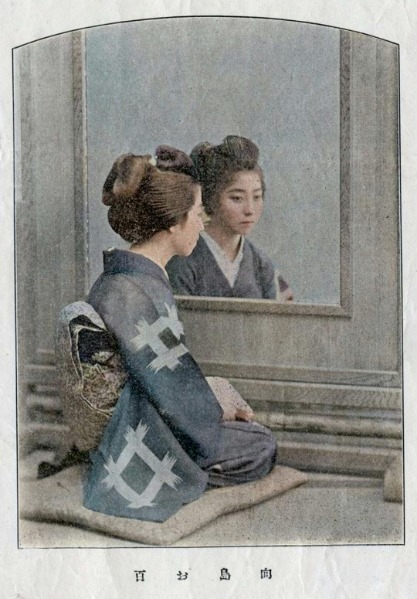
Historical context
Geisha started to live in Mukojima in the early Meiji period (1868-1912) [1]. From the Edo to Meiji period, Mukojima was a recreational area for the common people, and was frequented by Yanagibashi and Yoshiwara Geisha with their customers. [3] The earliest record of a Mukojima Geisha (known to me) is Omomo お百, who was featured in "Contemporary Beauties", 1897 [2]. In 1906, 30 Geisha lived in the area. By 1928, their number had increased to 239. In 1940, several Kenban united, further increasing the number of Mukojima Geisha to 1300. Like in all Hanamachi around Japan, the number declined steadily after the second world war. In 1951, their number was 600, in 1993 240 [7], in 1996 170, in 2007 120 [3], in 2020 around 90 [4]. This makes Mukojima approximately as populated as Gion Kobu and Tokyo's largest Hanamachi.
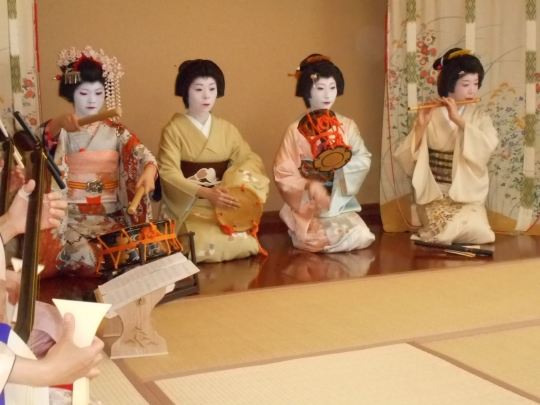
The look of Mukojima Geiko. Local Term: Geisha 芸者
※ Hairstyle: Geisha shimada, Tsubushi shimada
※ Kanzashi: Kushi, Maezashi, Hirauchi or Tama in the back, rice husk in the new year period
※ Makeup: Oshiroi
※ Kimono: everyday Kimono: Homongi. Kuromontsuki Hikizuri mostly in the new year period or for Erikae, rarely non-black Hikizuri.
※ Haneri: white
※ Obi: Taiko musubi, Yanagi musubi with Hikizuri
※ Obijime: mostly light-coloured. No obijime with yanagi musubi
※ Obiage: mostly red, pink, or white. Seldomly turquoise, white/green, white with red shibori (red/red-white shibori with Kuromontsuki)
※ Footwear: mostly Zori, also Geta



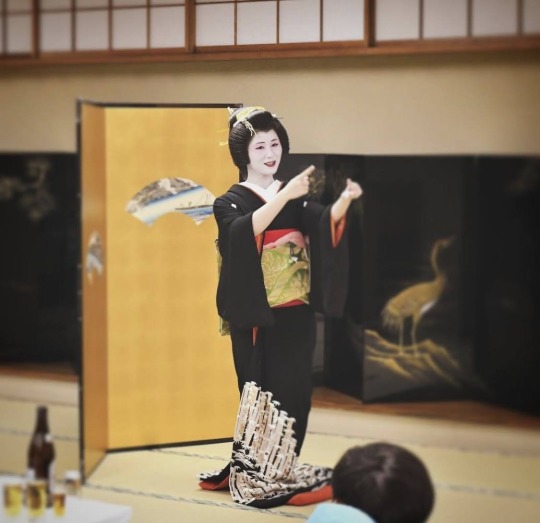
Casual/Jikata look
※ Hairstyle: Yohatsu
※ Kanzashi: none
※ Makeup: western makeup
※ Kimono: Homongi, Kurotomesode
※ Eri: white
※ Obi: Taiko musubi
※ Obijime: mostly light-coloured. In rare cases with pocchiri
※ Obiage: white with red shibori, pink, white, pink/turquoise
※ Footwear: Zori
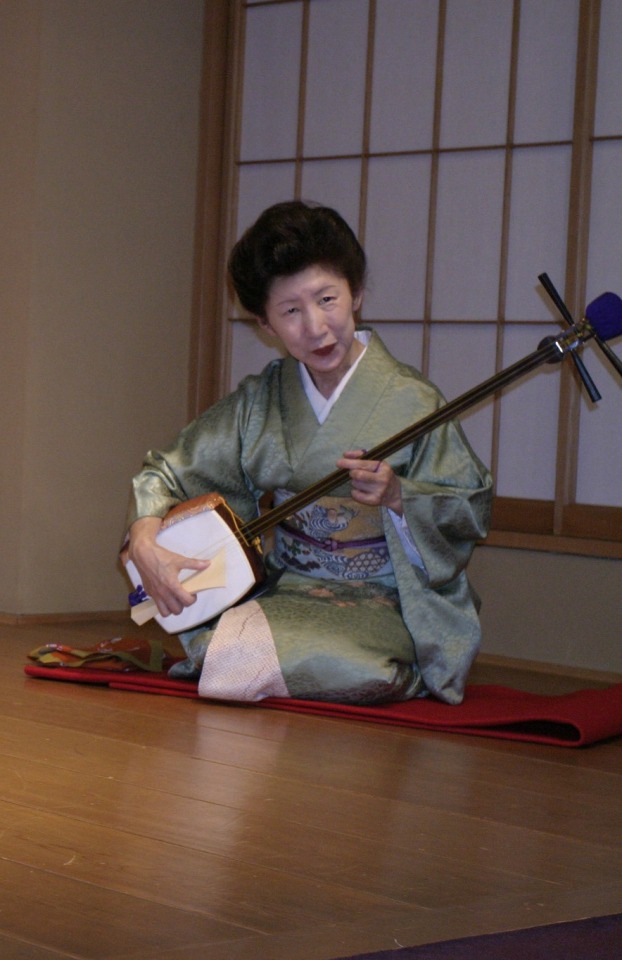
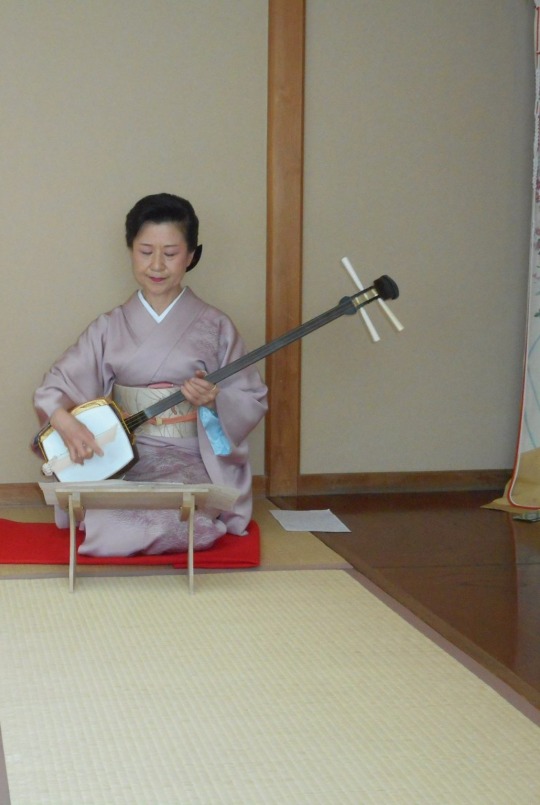
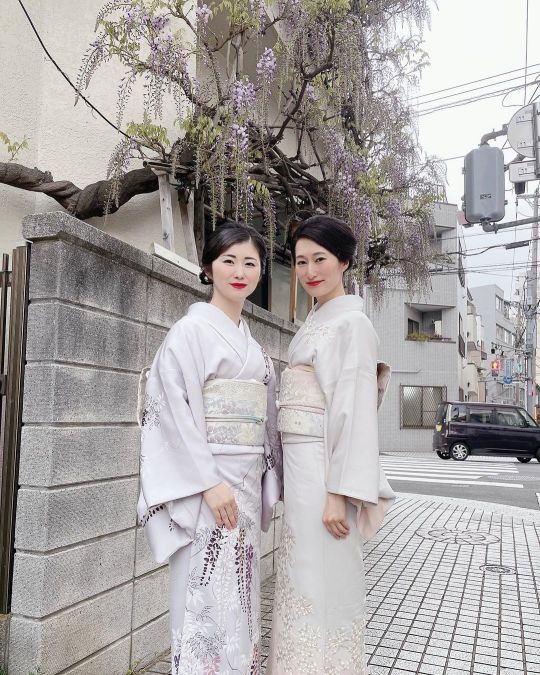
The look of Mukojima Maiko. Local term: Hangyoku 半玉
※ Hairstyle: Momoware (own hair or wig), Yuiwata for senior Hangyoku (only wig). Shibori, Kanoko and Chinkoro are mostly red, but can also be pink during summer.
※ Kanzashi: seasonal flower kanzashi (1-2 Daikan, Katsuyama, 1-2 Bira-Ôgi, Shidare popular for all ages), Maezashi (optional), Hirauchi. Minimal flower kanzashi with Yuiwata.
※ Makeup: Oshiroi, both lips painted from the start
※ Kimono: Furisode with or without tucks (all variations possible)
※ Eri: mostly white or red/white. But also pink/red, red/purple/green on white base, pink, green, black/pink/white, etc., etc.
※ Obi: kôken musubi
※ Obijime: light-coloured. sometimes with pocchiri
※ Obiage: most common colour variations are red/silver, or red/white shibori. But there are many other combinations.
※ Footwear: mostly Okobo (with red or pink straps), Zori
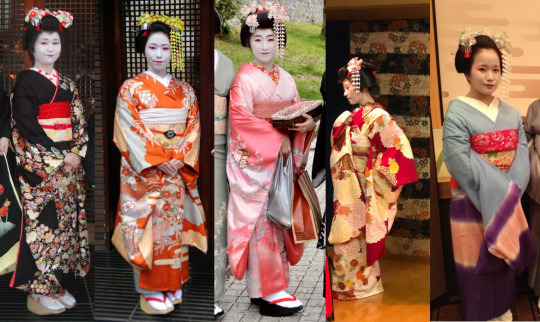
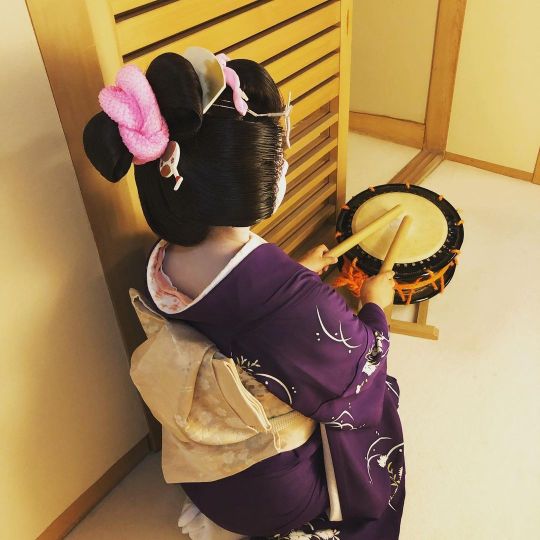
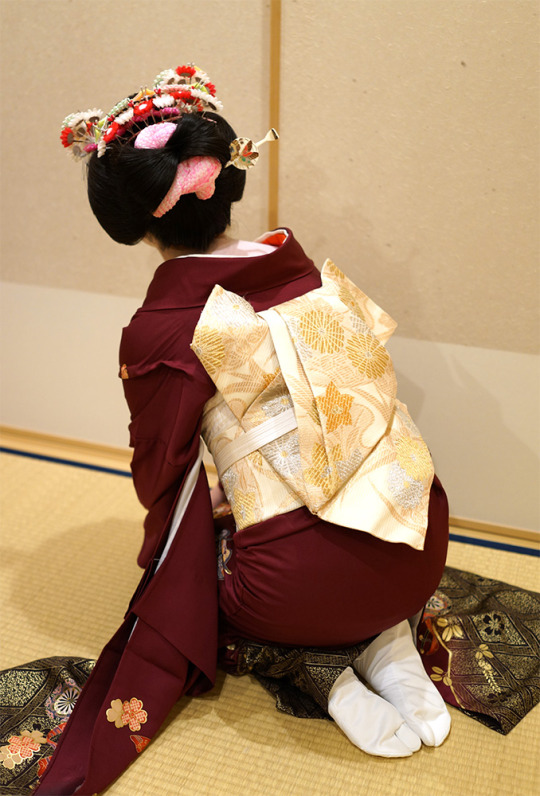


Dances [6]
Some dances that are local speciality of Mukojima:
※ Asazuma bune かさずまぶね
※ Fuji musume 藤娘
※ Fukagawa Kuzushi 深川くずし
※ Gorô ごろう
※ Mukojima ondo 向島音頭
※ O-Sumio お角力
※ Otemoyan おてもやん
※ Sôran bushi ソーラン節
※ Yosakuraya 夜桜や
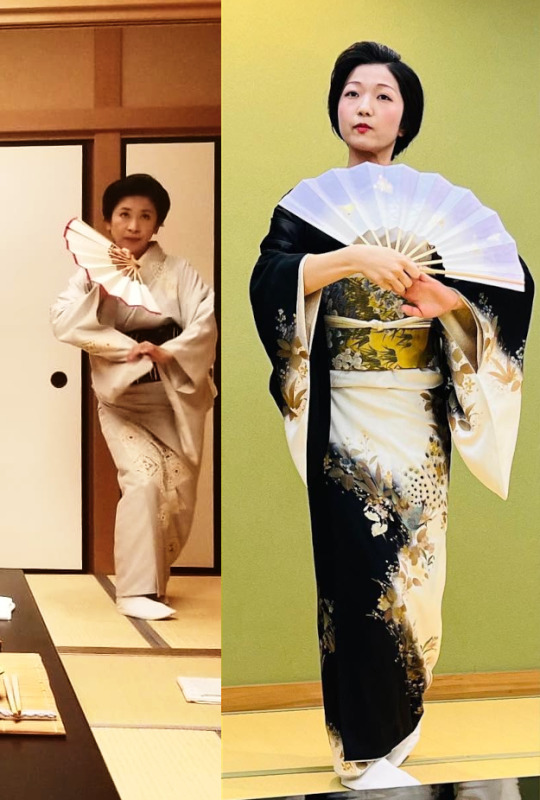
Others that you can also see in Ozashiki outside of Mukojima:
※ Ayame Yukata 菖蒲浴衣
※ Echigo Jishi 越後獅子
※ Hanami Odori 花見踊り
※ Hatsuharu 初春
※ Ina bushi 伊那節
※ Kiyari Kuzushi 木遣りくずし
※ Sawagi さわぎ
※ Setsuhonkaina せつほんかいな
※ Shichi fukujin 七福神
※ Takeda bushi 武田節
※ Tatsumi no hidarizuma 辰巳の左褄
※ Tsurukame 鶴亀
※ Yakkosan 奴さん
※ Yoshiwara Suzume 吉原すずめ

Notes
Mukojima allows part-time workers, calling them Kamome かもめ [5]. Most of them are students or work in a different job already. Their task is mainly assisting Geisha/Hangyoku in the Ozashiki. Kamome can become Hangyoku or Geisha if they wish to work full-time. Mukojima dancers also play instruments at ozashiki: Hangyoku frequently play shime-daiko, Tachikata more often play ko-tsutsumi, sometimes fue. Shamisen seems so be reserved for Jikata.
Usually, Ryotei and Okiya are separate businesses in Tokyo. In Mukojima, however, several Ryotei also function as Okiya [3], similar to how in Kyoto, several Ochaya also have an attached Okiya.

Sources - Text
[1] Foreign Press Center Japan, Mukojima Press Tour April 2006 https://fpcj.jp/en/assistance-en/tours_notice-en/p=6744/
[2] https://www.flickr.com/photos/blue_ruin_1/28442353867/
[3] numbers 1906-1951, 1996-2007: Sumi Asahara "Tokyo Rokkagai", 2007
[4] not an exact number (account required) https://www.tapatalk.com/groups/tsurukomaiko/hanamachi-population-reference-wip-t2000.html
[5] Kamome http://sengoku-japan.com/
[6] dances compiled at Tsurukomaiko, it's by no means a complete list (account required) https://www.tapatalk.com/groups/tsurukomaiko/list-of-dances-in-all-hanamachi-t1988.html
[7] 1993: Tsuiseki (追跡): The World of the Geisha, ca. 1993 https://www.youtube.com/watch?v=bkhRWNDwTyM
Sources - Pictures
Omomo ※ Kingyo Ozashiki ※ Momoka ※ Komachi ※ Yuki+Otokichi ※ Chikage ※ Senyume ※ Hiroya ※ Chikage+Natsuki ※ Tamaki ※ Shingetsu ※ Natsuki (twitter) ※ Soraka (insta) ※ Tomoka ※ Kingyo (fb) ※ Teruka 2x ※ Kanzashi ※ Kintaro (insta) ※ Ayame ※ Kingyo+Rin Ozashiki (fb) ※ Sakura matsuri 2023
I tried to trace back all pictures. If you find the missing links, let me know.
"The look of" other Hanamachi:
Yamagata, Tokyo Yoshicho, Niigata, Atami, Gifu, Tokyo Kagurazaka, Arima Onsen, Tokyo Asakua, Nagoya, Tokyo Shinbashi, Anjo
I Osaka Kitashinchi, II Tokyo Akasaka, III Osaka Nanchi, Fukuoka, V Yuzawa, VI Morioka
More Mukojima content: https://maigeiko.tumblr.com/tagged/mukojima
Layout: @geimaiko, thanks as always! ♥
67 notes
·
View notes
Text
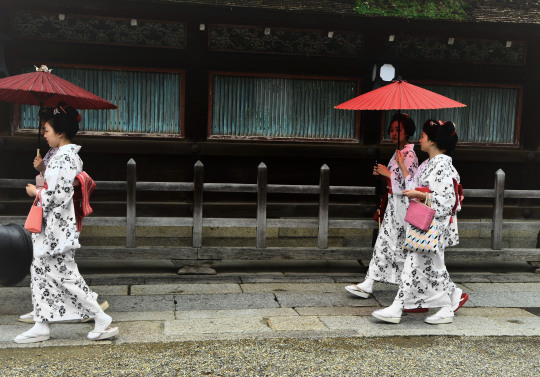
Maiko of Gion Kobu, Kyoto, Japan. Photography by Ryohei Masawaki
84 notes
·
View notes
Text
Current recognized Kyoto Hanamachi groups of Roblox.
——————————————————————————
Gion Karyukai - N/A
Gion Karyukai is owned by Okaa San Aka of Gion Kobu/Gion Karyukai.
Kamishichiken - Public Development shown on their discord.
Kamishichiken is owned by Okamisen Kamihin of Kamishichiken.
Pontocho - No Current Information
Pontocho is owned aogiku- No current information

8 notes
·
View notes
Text
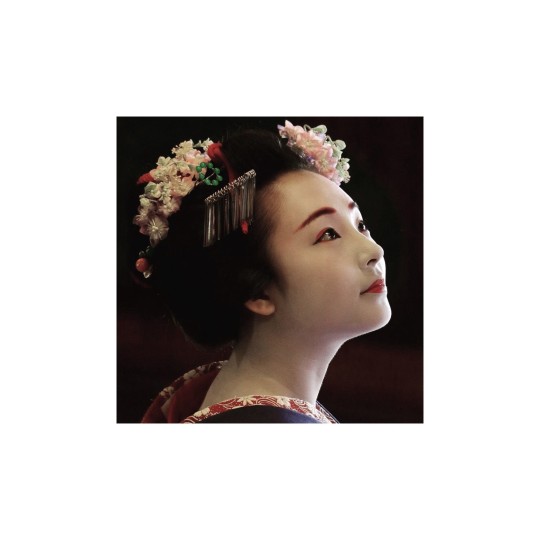
September 2016 maiko Marika of Gion Kobu by Furukawa.
0 notes
Text
Week 7 Blog
This week I read pages 240-254 of the book “Geisha, a Life” by Mineko Iwasaki, finishing it.
The most important sentence of the week can be found on page 253:“I am often invited to return to Gion Kobu. But now I am graciously welcomed as a guest, rather than a performer, and take great delight in the refined pleasure of attending an ozashiki. I feel nostalgic when the young maiko and geiko don’t recognize my face. But they definitely know who I am. When I tell them my name is Mineko they invariably fly into a tizzy and ask, “Are you the real Mineko? The legend?” It is wonderful to spend time with them.” The quote shows us the legacy that she left behind, as this was when she was retired. Even after multiple decades her name is still renowned through the Geisha community
I feel like it’s a closing end to her story, as it shows that she still likes the community, but disagrees with their practices, namely the education. The lack of proper education for young geishas was one of the main reasons she retired, as a protest. Her sudden announcement caused more geishas around that time to retire as well, showing their support for her protest, which sent ripples within the profession. Although her geisha life was successful, it was heavily restraining, and tiring. After retiring though, she was able to finally relax and settle down, which I’m relieved to hear. She was also able to find someone to fall in love with as well, as she was searching for that for a large majority of the book, stating that she and her dancing felt empty without that feeling. I feel like this is the moment when she felt the most free, even though she wasn’t earning as much money as she did before. She stated that, “My own days are unrestrained and unfettered. I am no longer ruled by the dictates of the Inoue School. I dance when I want. I dance how I want. And I dance where I want”, showing us what her new life is like being unrestrained by the oppressive geisha workload.
(WORD COUNT: 360)
0 notes
Text
“I didn’t need the numbers to tell me that I had become the most popular maiko in Gion Kobu. I only had to look at my schedule.”
— Mineko Iwasaki, “Geisha, A Life” (193)
0 notes
Text
instagram
🌸 paint me like an Ukiyo-e 👘
So far on this trip to Japan 2023, I’ve planned a lot of this trip with revisiting places I’ve been to before back when I lived in Japan. However, today was the first day of novelties in Kyoto with a kimono photoshoot, Geisha Maiko Odori show, Cat Shrine, and lastly having a Kaiseki dinner for the first time. All were things that I wanted to do as a young 21 year old in Japan but couldn’t due to not having the money to afford them. I’m so thankful now be in my 30’s and be able to treat myself to the things I’ve been dreaming to do in Kyoto. What another set of dreams come true.
Btw I got to see Geisha Maikos in the streets of Gion, Kyoto tonight. Apparently seeing a Geisha outside of a theater in the streets of Gion is a sign of having fortune. Feeling Blessed & Highly Favored おおきに- ♥️
🎎🌸: Gion Kobu Kaburenjo Theater (@miyako_odori )
🐈⛩️: Nyan Nyan Ji (@nekojizo )
🍱🍽️: Gion Mizuoka
🐇👜: Bedroom Société (@bedroomsociete )
#kyoto #japan #sakura #cherryblossom #花見 #gion #tatsumibridge #photoshoot #geisha #maiko #miyakoodori #kobukaburenjo #nyannyanji #cat #neko #mizuoka #kaiseki #kimono #japan2023 #day6
0 notes
Text
Les fleurs de l'éphémère
Les fleurs de l’éphémère
Envol de pétales
Sur le fil de l’éphémère.
Sacre du printemps!
*
Là-bas, la terre a des couleurs d’écorce. Des milliers de pas blancs la foulent chaque jour. Ce sont les socques des geishas du quartier de Gion Kobu.
Au cœur du printemps, les bras des cerisiers vibrent doucement au rythme de la musique du vent. Ils sèment leurs pétales de soie aux pieds des promeneurs.
Un simple pont de bois…

View On WordPress
0 notes
Text
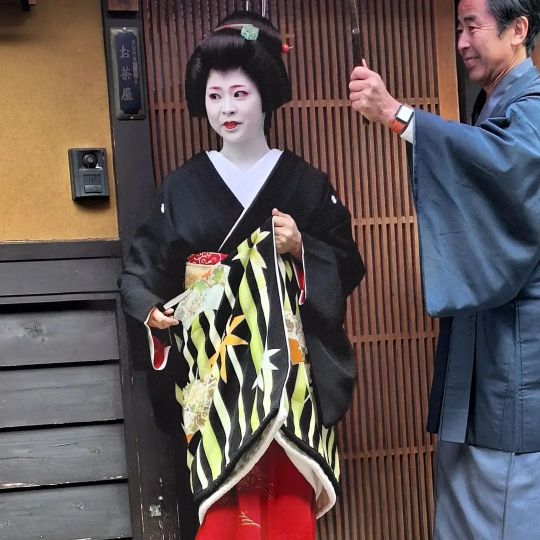
February 26th, 2024: A new geiko is born! Kimimana (君真奈) of Minoyae (美の八重) is celebrating her misedashi! She is the imōto of Kimizuru (君鶴) of Kineya (きねや) and is a jikata geiko! Although new, she will be performing during the upcoming Miyako Odori in just over a month! Her outfit features folding fans among bamboo and her obi has a lovely design of woven karabana ^^
おめでとうさんどす君真奈さん ^o^!
Image is courtesy of 1020Kiddo.
#maiko#geiko#geisha#kyoto#舞妓#芸妓#芸者#京都#news#misedashi#debut#gion kobu#minoyae#kimimana#ニューズ#見世出し#店出し#デビュー#祇園甲部#美の八重#君真奈
78 notes
·
View notes
Photo

August 9th, 2020: Maiko Ichihiro (市紘) of Nakagishi okiya in Gion Kobu dances with two fans. She is wearing the usual silver pampas grass kanzashi for August as well an iconic fireworks kimono.
Source: 55maiko's facebook
Photo By: Hiromu Aoki
83 notes
·
View notes
Photo
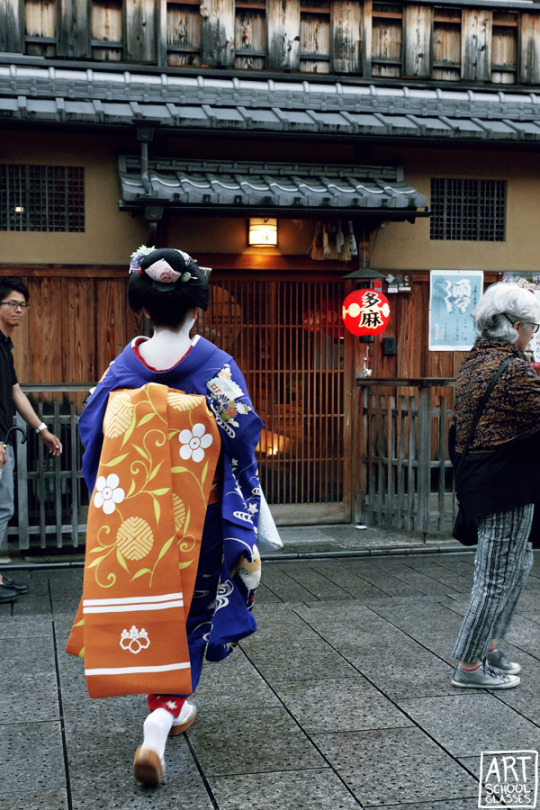
Maiko Mameharu of Gion Kobu
Kyoto, Japan
248 notes
·
View notes
Note
Hey, today/ day 7 of the january sumo basho, there were a number of geisha and maiko in the crowd, and NHK world's commentary pointed them out. Do you know who they might be, or what house they're attached to? Rikishi Gonoyama even fell on one in the front row!
Hey Rowan, I didn't recognise them. They might be from one of the lesser known Tokyo Hanamachi or Kanazawa (although tbf Tokyo is a lot more likely, I doubt Geigi from Kanazawa would attend a Sumo tournament in Tokyo wearing a formal work outfit like that - with Katsura and Kuromontsuki Hikizuri). Style fits for both cities though!
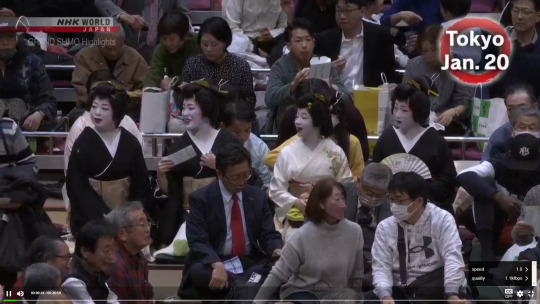
Mihoko from Gion Kobu visited the event on the 8th day, posted about it on her instagram.
Edit - they are from Shinbashi! Far left is Kofuku 小福. The one wearing Homongi looks like Kana 加奈
11 notes
·
View notes
Text

Every year in early July, Yasaka Shrine holds the Miyabi-kai, a ceremony consisting of students of the Inoue school of Gion Kobu, who prays for improvement in performing arts and good health.
The maiko's beautiful gestures are also cultivated through the strict training of Inoue. Text and photography by Ryohei Masawaki
78 notes
·
View notes